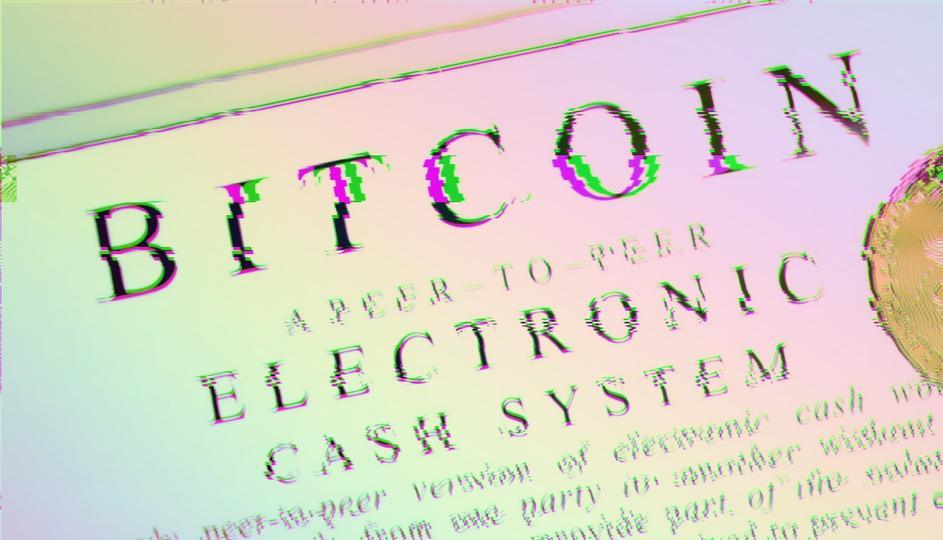The Bitcoin white paper, A peer-to-peer electronic payment systempublished by the mysterious and pseudonymous Satoshi Nakamoto, turned seventeen yesterday.
Published on October 31, 2008, in the midst of the global financial crisis, the nine-page document laid the foundation for what would become the world’s first cryptocurrency.
The white paper presents a vision of a decentralized, peer-to-peer financial system built on cryptographic proofs rather than trust in third-party intermediaries. Its goal was to eliminate the problem of double spending and enable online transactions without relying on banks or other trusted third parties. “We proposed a trustless electronic transaction system,” Satoshi wrote.
Seventeen years later, Bitcoin’s influence extends far beyond the cypherpunk forums where it began. This anniversary comes as US spot bitcoin ETFs have experienced unprecedented success in less than two years of existence, with total net inflows of more than $62 billion and total net assets exceeding $150 billion, according to SoSoValue data.
But mainstream acceptance of Bitcoin extends beyond Wall Street. It is now present at the highest levels of government, including the White House under the current US administration.
Some of Bitcoin’s most vocal critics have become its biggest defenders. In 2021, former President Donald Trump called Bitcoin a “scam against the dollar.” Yet during the 2024 presidential election, he urged his supporters to “never sell your bitcoin” and later signed an executive order establishing a strategic reserve for bitcoin.
Larry Fink, CEO of BlackRock, the world’s largest asset manager, once called Bitcoin an “index of money laundering.” Today, he considers it one of his firm’s best-performing ETF products and views it as a hedge against sovereign debt instability.
Similarly, Michael Saylor, the outspoken CEO of Strategy, has become one of Bitcoin’s most persistent evangelists, continuing to accumulate BTC through equity and debt offerings. Saylor himself started out as a skeptic, once stating: “Bitcoin’s days are numbered. It seems like it’s only a matter of time before it suffers the same fate as online gambling.”
The last big holdout among high-profile financial figures remains JPMorgan CEO Jamie Dimon, who continues to express doubts about the value and sustainability of Bitcoin. His bank, however, has openly entered the sector, notably by recently allowing its clients to give bitcoins as collateral.
The financialization of Bitcoin through ETFs and the adoption of corporate treasury has drawn comparisons to the mortgage securitization boom of the 1970s, an era that saw asset prices reach new heights.
However, this development did not please everyone. Many early proponents of Bitcoin argue that its very philosophy, a form of currency beyond state control, has been diluted by institutional adoption.
For the cypherpunk movement that gave birth to Bitcoin, the system’s adoption by Wall Street and Washington feels like a paradox: a rebellion absorbed by the establishment it once sought to disrupt.
What is Bitcoin and can it survive?
On an annual basis, average transaction fees per bitcoin block have fallen to their lowest level since 2010, raising concerns about the long-term sustainability of the network. Low fees, while attractive to users, reduce incentives for miners securing the network, especially as block rewards continue to halve every four years.
Initially envisioned as a peer-to-peer electronic payment system, Bitcoin has been increasingly eclipsed by the “store of value” narrative. “Never sell your bitcoin,” is a common refrain from Michael Saylor to the Trump family and many voices in between.
At the same time, controversy continues within the developer community, particularly between Bitcoin Core and Bitcoin Knots, over whether the network should allow non-currency data such as ordinals or apply stricter rules to block them. Some view these restrictions as necessary to preserve the integrity of the network, while others view them as a form of censorship that changes the open, permissionless nature of Bitcoin.
Beyond internal debates, the looming issue of quantum computing also presents an unresolved risk. The possibility of future quantum machines breaking existing cryptographic standards could threaten the security of Bitcoin, with no definitive solution in place yet.
“There is no doubt that Bitcoin has arrived, accepted by Wall Street, and its prolonged period above $100,000 confirms this,” Nicholas Gregory, OG of Bitcoin, said recently. “Its transition from peer-to-peer cash to a store of value is obvious,” he continued. “It remains to be seen where this goes in the long term. For my part, I believe that the narrative of this medium of exchange is the key to its lasting place, as well as solutions to the quantum threat.”




